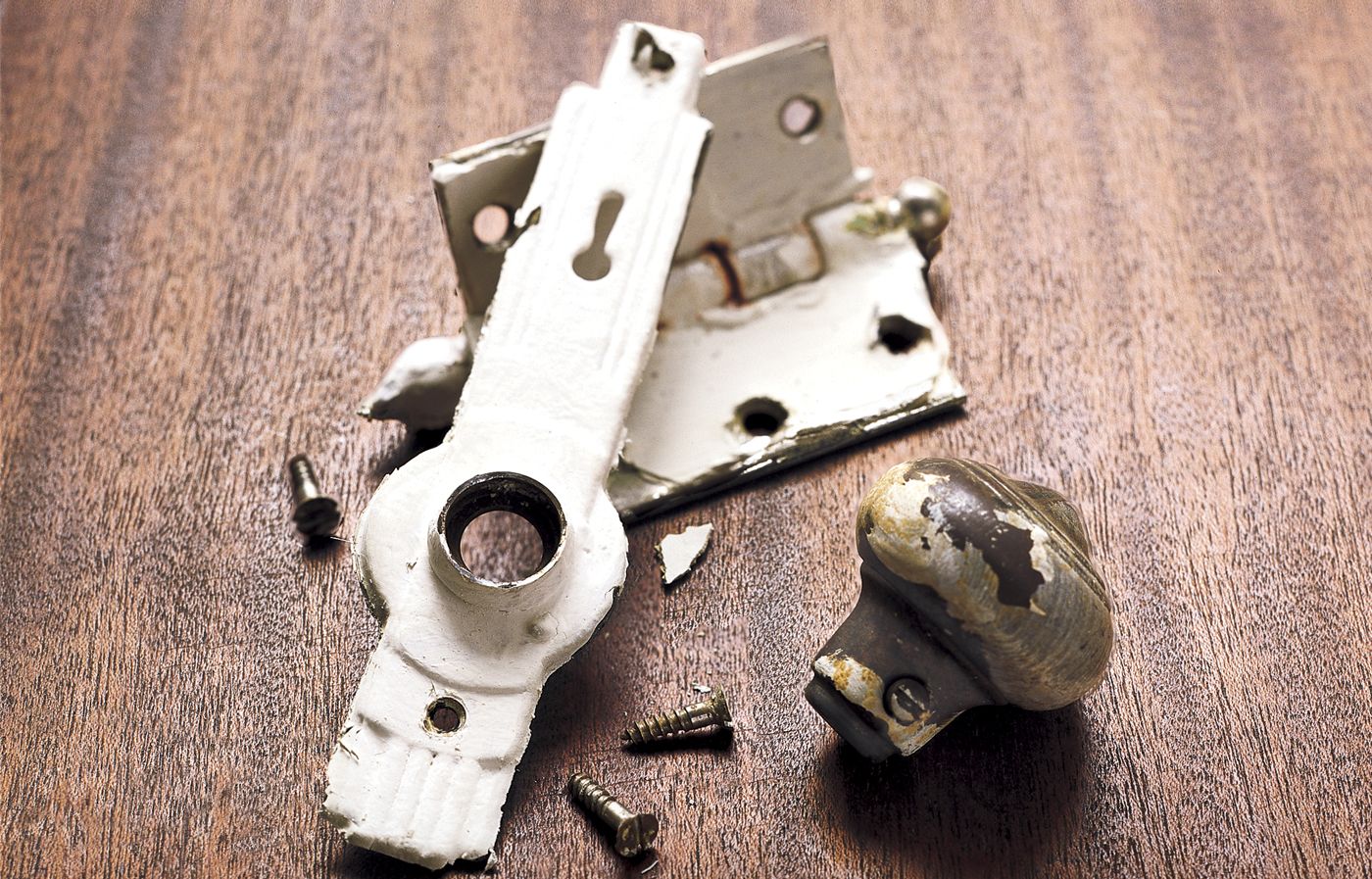You should remove or cover hardware before painting, but if you have painted-over hardware in your home, you can make it shine again without intense chemicals or special tools. Whether you’re dealing with door knobs, hinges, or decorative plates, you can easily restore them with items you may already have. Our guide will break down how to safely and effectively strip paint from hardware using methods that are both efficient and environmentally friendly.
Tools and Materials for Paint Stripping
Before starting your paint stripping project, check that you have the following items ready.
Hand Tools
To effectively remove paint from hardware, you’ll need a few basic hand tools, no matter which method you choose. These will help you loosen and remove the hardware and scrape away softened paint:
- Utility knife
- Screwdriver set
- Pliers
- Putty knife or paint scraper
Safety Equipment
Safety should be the priority when working with paint and chemicals. Ensure you have the following protective gear:
- Safety goggles
- Rubber gloves
- Dust mask or respirator
- Work apron
Cleaning Supplies
After stripping the paint, you’ll need to clean and polish the hardware. Gather these cleaning supplies:
- Nylon brush
- Soft cloths
- Liquid dish soap
- Baking soda
- White vinegar
Preparing Your Workspace and Hardware
Set up your workspace and carefully remove hardware to make the project easier.
Setting Up a Safe Work Area
Choose a well-ventilated area for your project, preferably outdoors or in a garage with open doors. Cover your work surface with a drop cloth or newspaper to protect it from paint and chemicals. Ensure you have good lighting and access to water for cleaning.
Removing Hardware From Doors or Furniture
Carefully remove the hardware from its mounting surface. Use a utility knife to score around the edges of painted-over hardware to prevent damaging the surrounding area. Unscrew and gently pry off the pieces, taking care not to bend or scratch the metal.
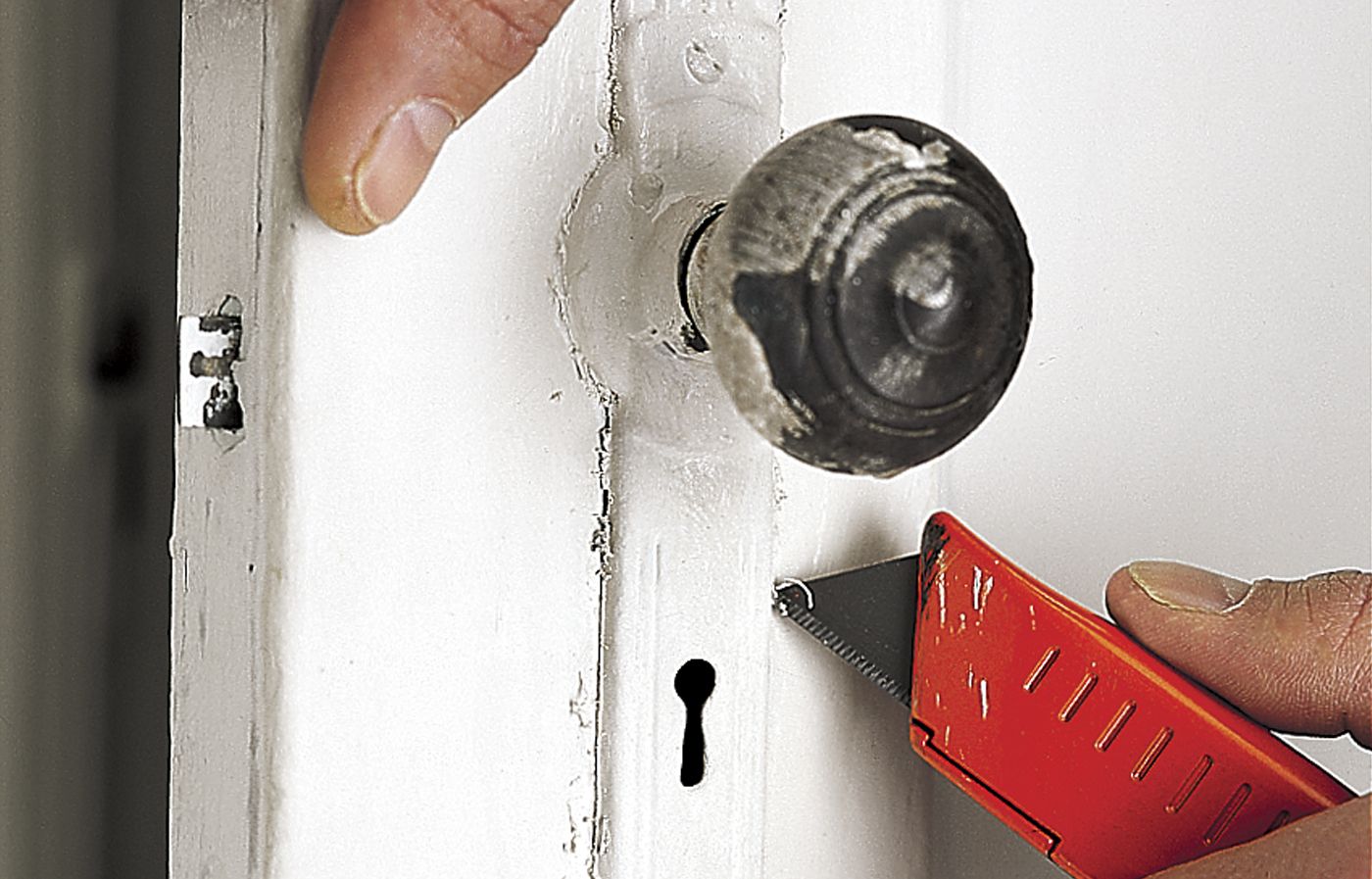
Methods for Stripping Paint From Hardware
There are several effective methods for stripping paint from hardware. The best method for you depends on the type of hardware, the amount of paint, and your personal preferences.
The Crockpot Method: A Gentle Approach
The crockpot method is a popular and gentle way to remove paint from hardware. This technique uses warm water to soften the paint, making it easy to remove without harsh chemicals. This is particularly effective for intricate or delicate hardware that might be damaged by more aggressive techniques.
To use this method, place the hardware in a crockpot. Cover the pieces with water and add a few tablespoons of liquid laundry detergent. Put the lid on, and set the crockpot to medium heat, letting it cook for at least eight hours. The next day, the paint should be soft and ready to fall off the metal.
Use plastic tongs to remove the hardware from the crockpot. Gently pull off any remaining paint with a nylon brush or toothbrush. For stubborn spots, dip the pieces back into the hot water to help loosen the paint. Rinse the hardware thoroughly with clean water, then dry the pieces completely with a soft cloth.
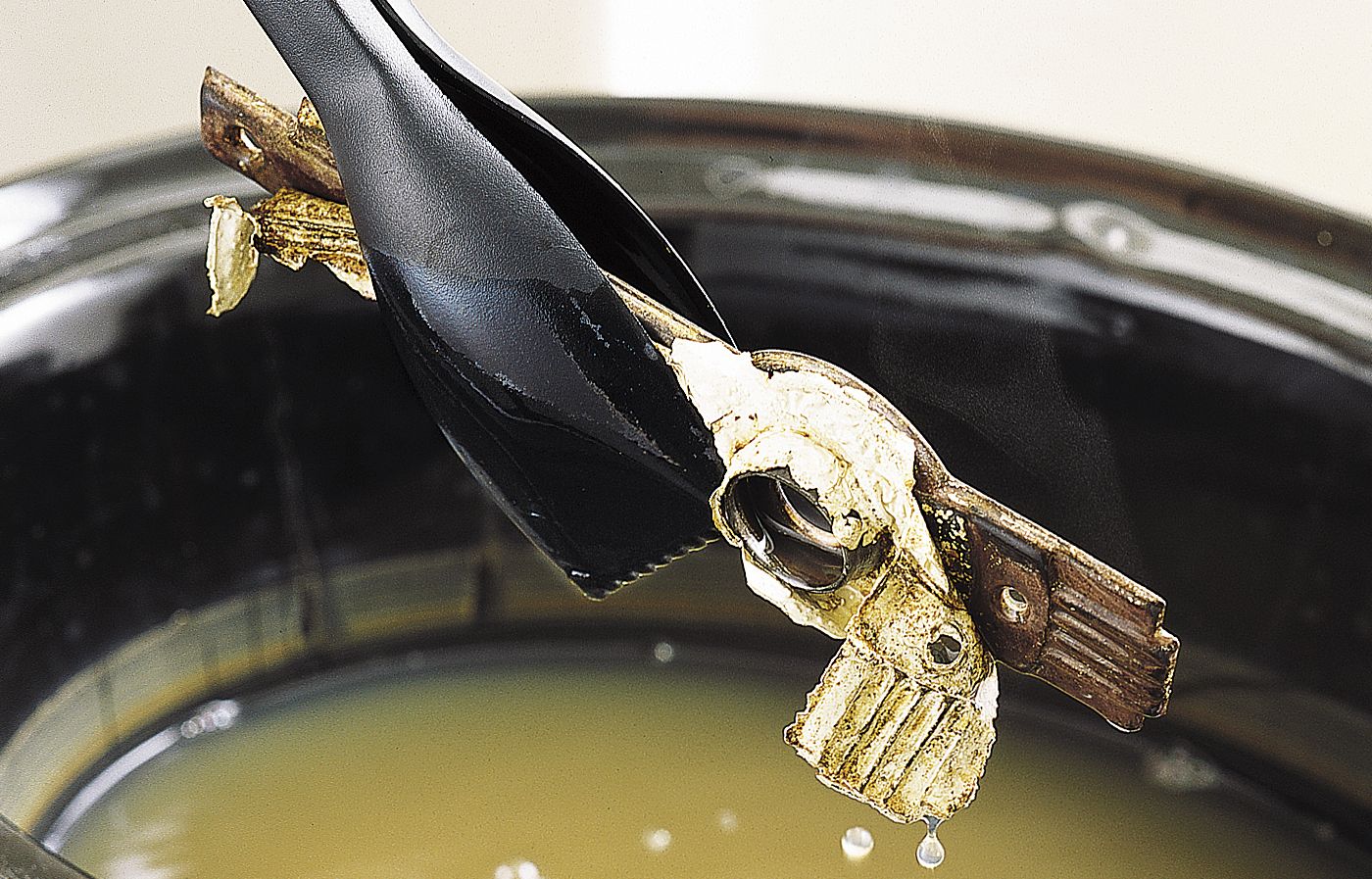
Chemical Strippers for Stubborn Paint
For particularly stubborn paint or when time is of the essence, chemical strippers can be an effective solution. However, it’s important to choose the right product and use it safely. Always work in a well-ventilated area and wear appropriate safety gear when using chemical strippers.
Once you have a chemical stripper, follow the manufacturer’s directions for the type of paint and metal you’re working with. Apply the stripper according to the manufacturer’s instructions. Allow the product to work for the recommended time, then remove the softened paint with a plastic scraper or brush. Clean the hardware thoroughly after stripping to remove product residue and odor.
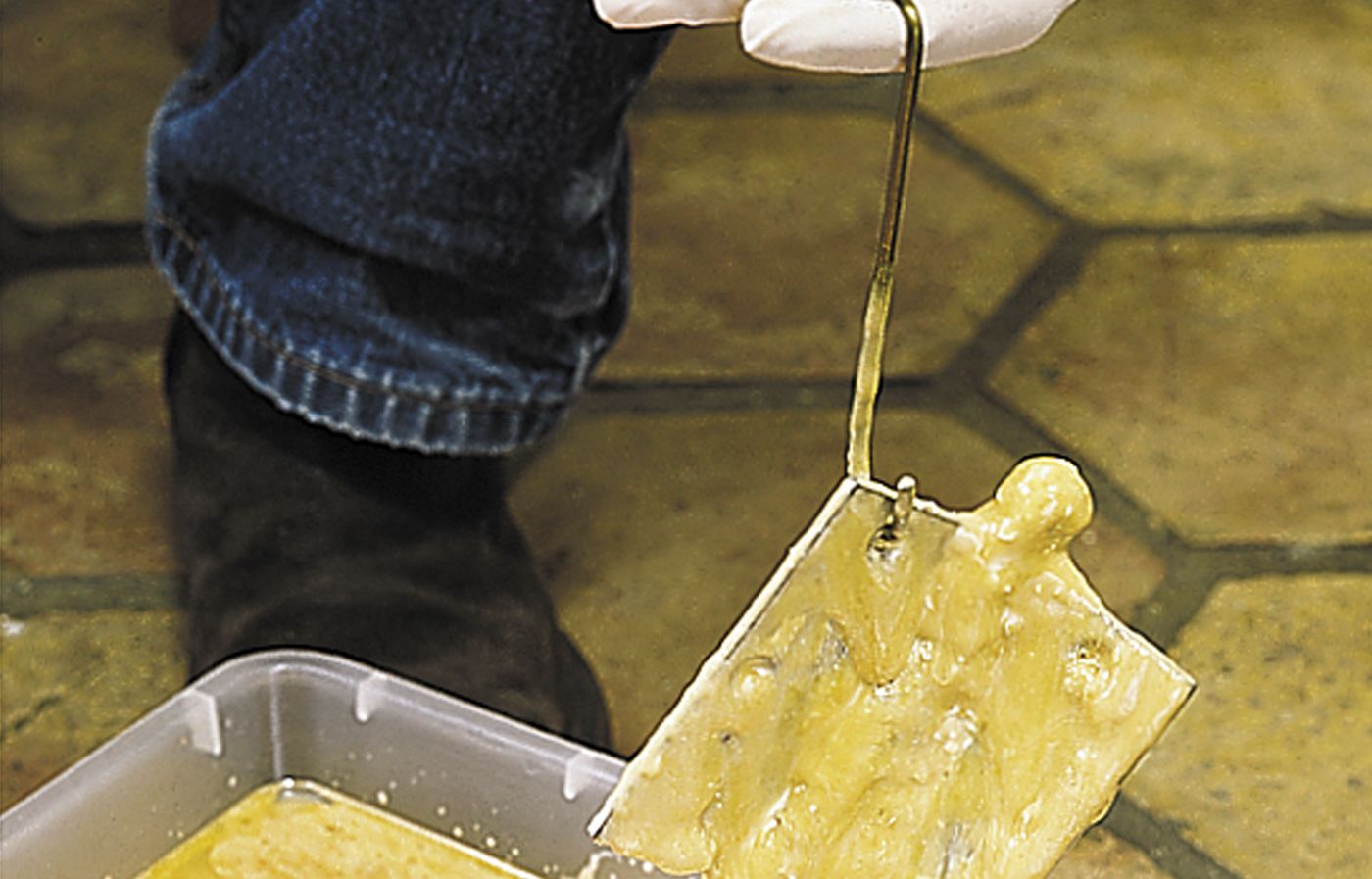
Mechanical Removal: When To Use and Avoid
Mechanical removal methods, such as sanding or wire brushing, can be effective for some types of hardware. However, these techniques should be used with caution, as they can damage delicate surfaces or remove plating.
Use mechanical removal for the following scenarios:
- Sturdy, unplated metal hardware
- Small areas of stubborn paint
- When refinishing is part of the restoration process
Avoid mechanical removal on the following types of hardware:
- Antique or valuable hardware
- Plated or thin metal surfaces
- Intricately detailed pieces
Dealing With Stubborn Paint
You may encounter stubborn paint that refuses to budge. In these cases, try alternative techniques.
Vinegar for Paint Removal
White vinegar can be an effective and eco-friendly option for removing stubborn paint. This method is particularly useful for brass or copper hardware. Soak the hardware in white vinegar for several hours or overnight, then use a nylon brush to scrub away loosened paint. Rinse thoroughly and dry the hardware.
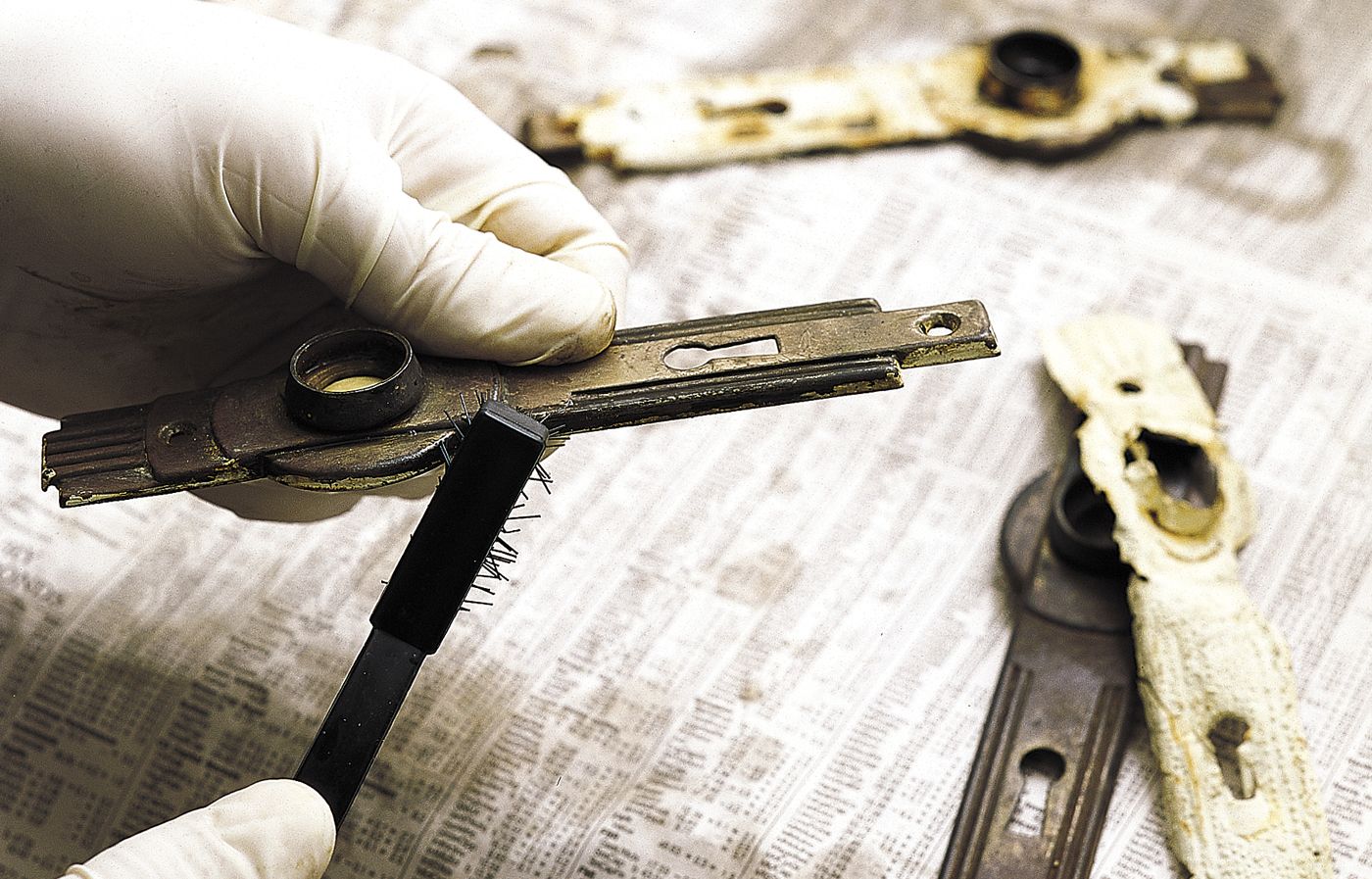
Heat Gun Method
A heat gun can be used to soften paint for removal, but it requires caution. Work in a well-ventilated area and keep the gun moving to avoid overheating any one spot. This is quick and effective for small paint sections. Be aware that this may release toxic fumes from old paint, which is especially important to keep in mind if you’re working in an old home with lead paint. You also risk burning yourself if you’re not careful. Don’t use this method on thin metal, as it may warp.
Restoring and Protecting Hardware
Once the paint is removed, you’ll want to restore the hardware’s appearance and protect it from future damage.
Polishing Techniques for Different Metals
Different metals require different polishing techniques. Here’s what we recommend:
- Brass and copper: Use a mixture of lemon juice and baking soda to create a paste. Apply with a soft cloth, rinse, and buff dry.
- Steel and iron: Use fine steel wool to remove any rust, then apply a metal polish.
- Chrome: Clean with soapy water and buff with a soft cloth. For stubborn tarnish, use a chrome polish.
Applying Protective Coatings
To protect your newly stripped hardware, clean the surface thoroughly with denatured alcohol. Apply a thin layer of beeswax polish or a clear lacquer spray. For outdoor hardware, consider using a weather-resistant clear coat.
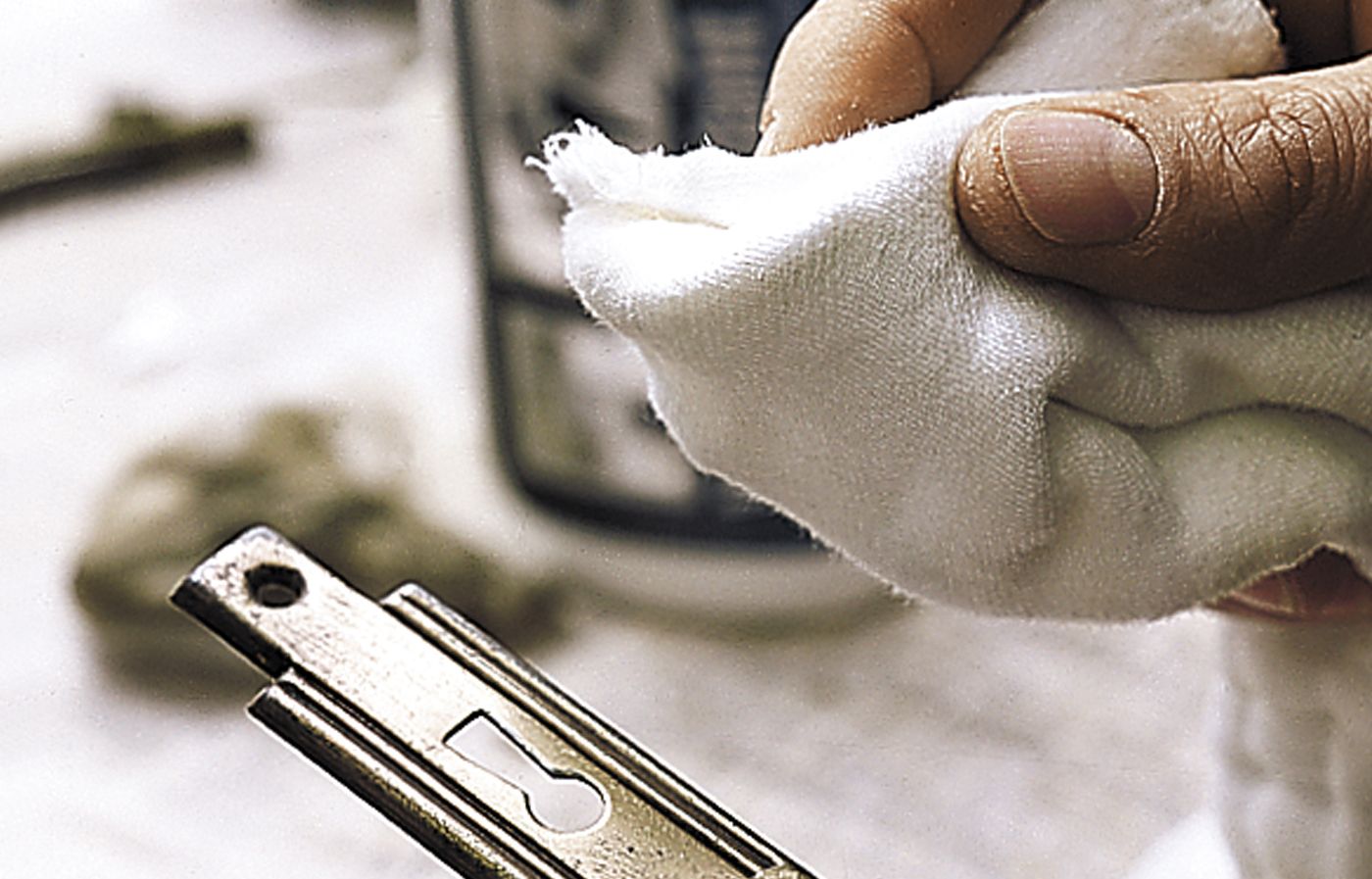
Proper Reinstallation and Maintenance
When reinstalling your hardware, make sure surfaces are clean and dry to avoid rust. Use appropriate screws and anchors for the mounting surface, and avoid overtightening, which can strip screws or damage the hardware. Apply a small amount of clear silicone caulk around outdoor hardware to prevent water infiltration.
To keep your hardware looking its best, clean it regularly with a soft, damp cloth. Apply a new coat of wax polish about every six months. For outdoor hardware, inspect annually for signs of wear or corrosion.
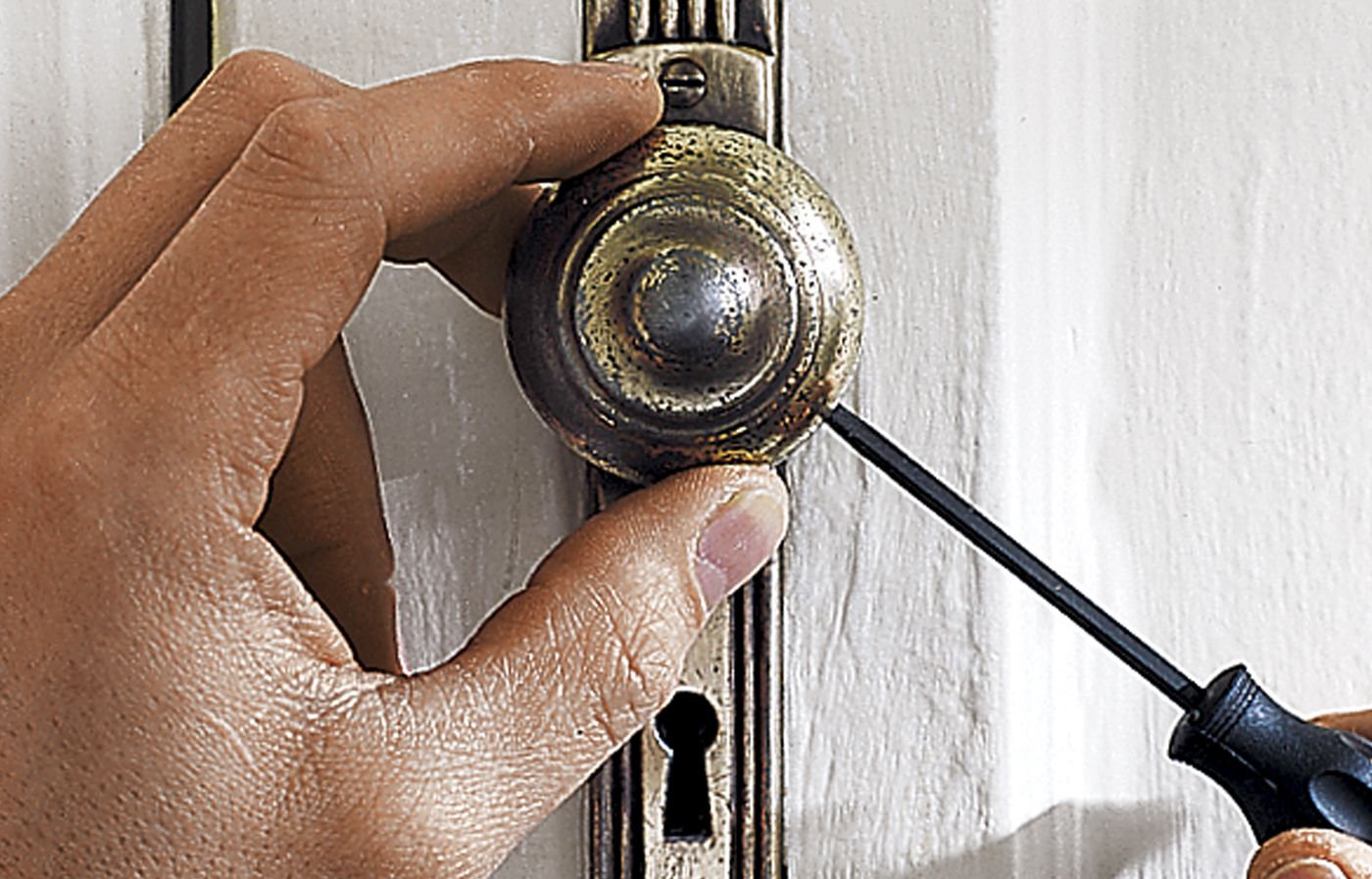
Proper Disposal of Paint and Chemicals
Dispose of paint and chemicals responsibly. Never pour paint or chemical strippers down drains or into the ground. Check with your local waste management facility for proper disposal methods. Consider using a professional hazardous waste disposal service for large amounts of paint or chemicals.
